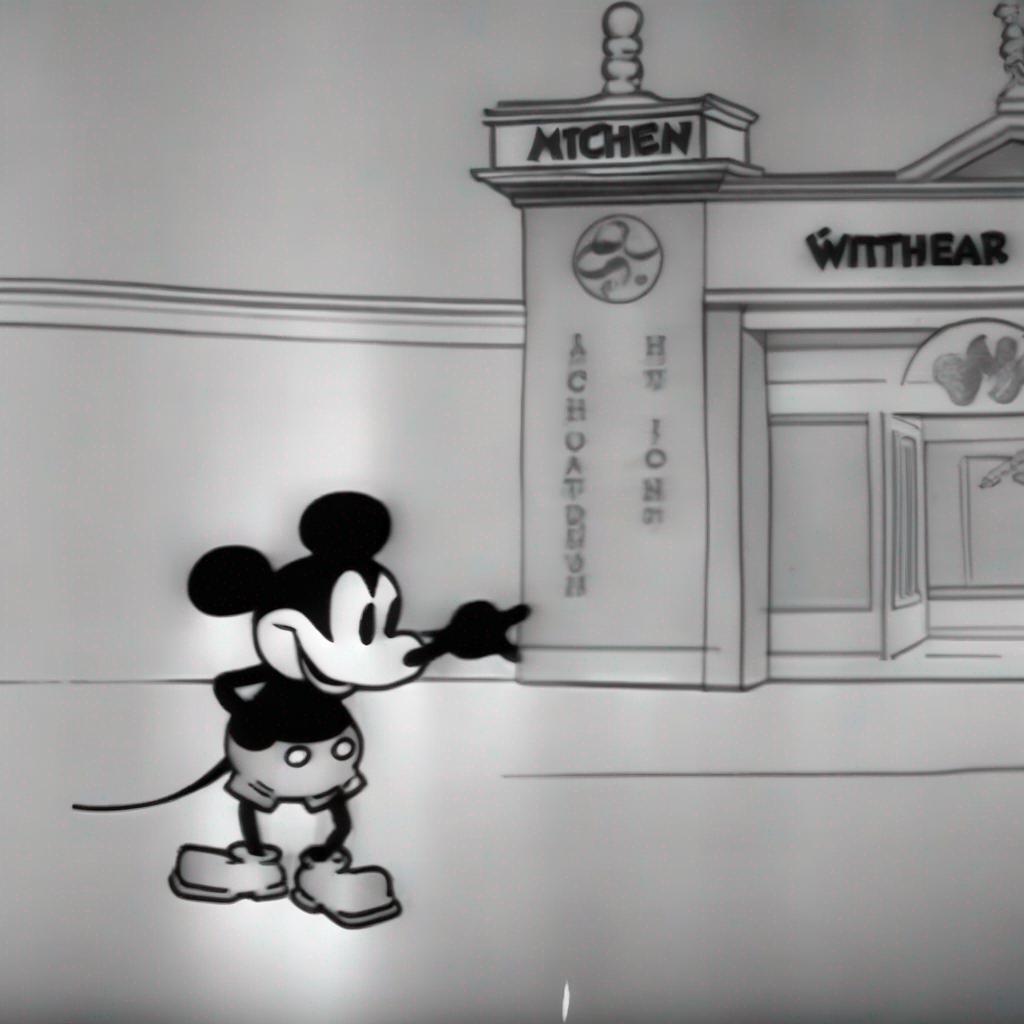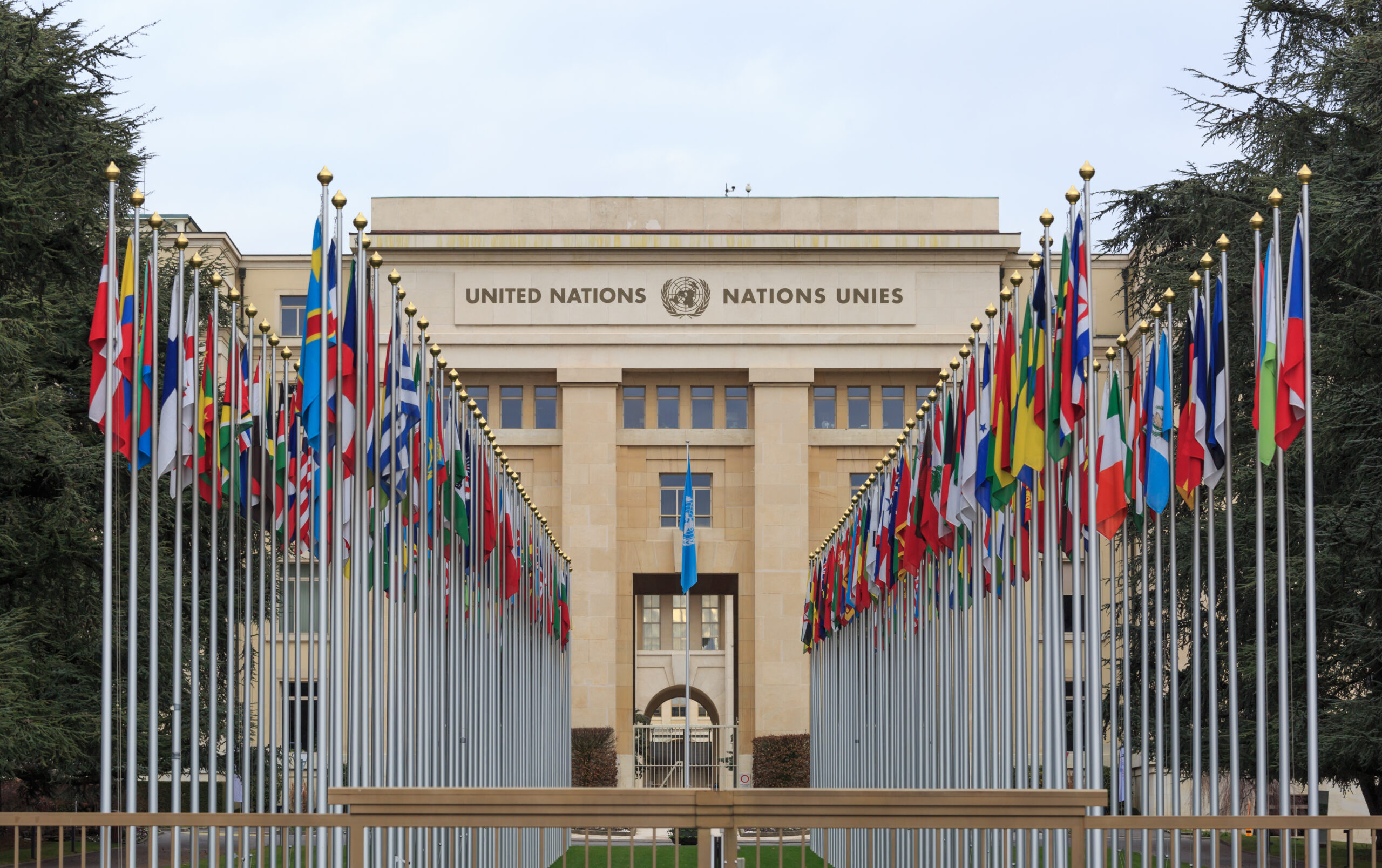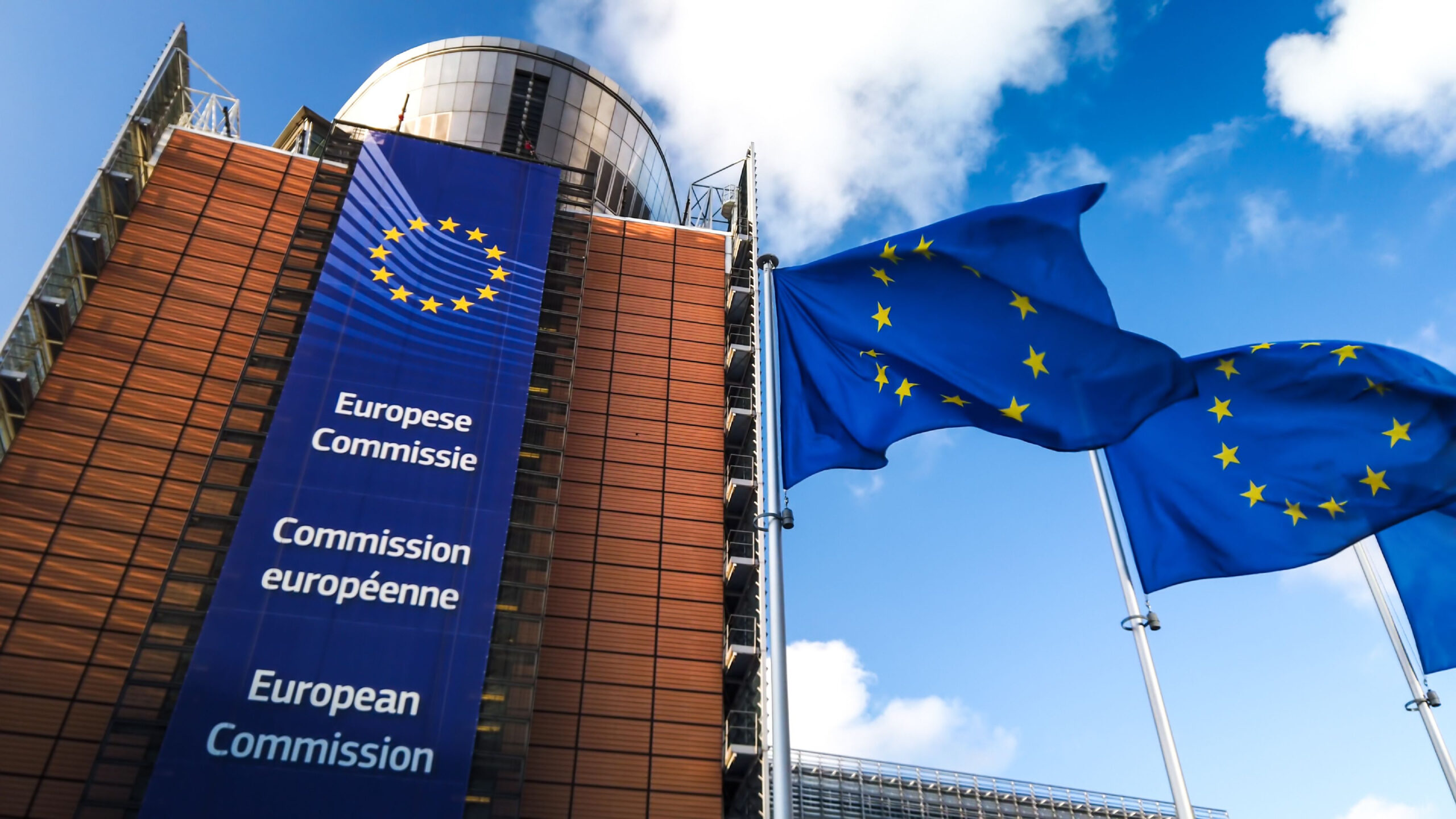Fourth Estate v. Wall-Street.com, Registration, and the Public Domain
Update: On March 4, 2019, the Supreme Court unanimously affirmed the Eleventh Circuit’s adoption of the “registration” approach rather than the “application” approach. The opinion, written by Justice Ginsburg, focused largely on interpretation of the relevant statutory provision, 17 U.S.C. § 411(a). Justice Ginsburg dismissed Fourth Estate’s policy arguments that the copyright owners would be harmed by the delay in initiating litigation. She noted that the copyright owner could recover damages for infringing activity that occurred prior to registration. Additionally, the copyright owner could seek expedited processing of her application for an additional fee. Fourth Estate’s concern that the statute of limitations may run before the Copyright Office acts on the application is overstated because the average processing time for an application currently is seven months. While this lag is unfortunate, “delays in Copyright Office processing of applications, it appears, are attributable, in large measure, to staffing and budgetary shortages that Congress can alleviate, but courts cannot cure.” (On the same day, the Supreme Court unanimously ruled in another copyright case, Oracle v. Rimini, previously covered here on DisCo, that a court could award only the costs identified in the Copyright Act, rather than all costs. The opinion, written by Justice Kavanaugh, also focused on statutory interpretation rather than policy.)
———
On January 8, 2019, the U.S. Supreme Court held oral argument in Fourth Estate v. Wall-Street.com. Although the case concerns a highly technical question of statutory interpretation of a section of the Copyright Act, it touches on issues relating to the future of the public domain, today’s theme for Copyright Week.
The Fourth Estate Case
Section 411(a) of the Copyright Act provides that no civil action for infringement of copyright may be brought “until preregistration or registration of the copyright claim has been made….” There is a circuit split on the meaning of this requirement. The U.S. Courts of Appeal for the Fifth and Ninth Circuits hold that as soon as an author has applied for registration with the Copyright Office, the registration has been made and an infringement suit may be filed. This is called the “application approach.” Conversely, the Tenth and Eleventh Circuits hold that a registration has been made only when the Copyright Office acts on the application and issues a certificate of registration. This is referred to as the “registration approach.” The application approach is understood to promote the interests of plaintiffs by reducing delay in bringing infringement claims. In contrast, the registration approach is understood to promote the broader public benefit of an orderly copyright system by encouraging copyright owners to register their works on publication.
In this case, Fourth Estate filed an infringement suit after it applied for copyright registration, but before the Copyright Office granted the registration. The district court dismissed the complaint on the ground that Fourth Estate had not met section 411(a)’s requirement. The Eleventh Circuit affirmed, agreeing with the district court that the registration approach is the proper interpretation of section 411(a). Fourth Estate then petitioned the Supreme Court to resolve the circuit split.
During the oral argument, the Justices focused on close textual analysis, considering the clause at issue in the context of the rest of section 411(a), as well as other provisions of the Copyright Act dealing with registration. Other than Justice Kavanaugh, they displayed little interest in policy questions. (Justice Ginsburg did not attend the oral argument for medical reasons, although she is expected to participate in the Court’s deliberations of the case.)
Fourth Estate Panel at Washington College of Law
After the oral argument, a panel sponsored by the Washington College of Law Program on Information Justice and Intellectual Property and the Copyright Society of the U.S.A. dug into the case. The threshold question the panel considered is why this case matters at all. Because expedited registration is available, an author can apply to register her copyright as soon as she detects infringement, and should receive the registration within two weeks. Matt Williams, who filed an amicus brief on behalf of the Copyright Alliance in support of Fourth Estate, noted that the significant cost of expedited registration ($800 per work vs. as little as $35 for a regular registration) could be prohibitive for individual artists, particularly if several works were infringed at the same time. Additionally, even the two-week delay in bringing a lawsuit and securing a temporary restraining order could be problematic in the Internet era; within two weeks, the work may have been reproduced globally thousands of times.
In response to Williams’s points, Robert Kasunic, the Associate Register of Copyright for Registration, observed that as the Copyright Office has modernized its electronic registration system, the registration time for certain categories of works can be as little as six weeks. He said that by the end of 2019, he hopes to get the average registration time down to as little as six weeks for all categories of works where the Copyright Office has no follow-up questions for the copyright owner.
The panel then turned to policy matters. Meredith Rose, who filed an amicus brief for Public Knowledge in support of Wall-Street.com, argued that the registration approach incentivizes copyright owners to file for registration promptly, rather than waiting until infringement. This prompt registration would lead to more complete Copyright Office registries, which in turn would facilitate licensing and diminish the orphan works problem. (Orphan works in the copyright context are works whose copyright owners are difficult to identify or locate.) Joel Rothman, counsel for Fourth Estate, questioned whether individual authors would really be incentivized by the registration approach to register their works in a more systematic fashion. He also doubted whether registries would provide much useful information that would assist would-be licensees to find copyright owners.
The Bigger Picture of Formalities
This discussion of the policy advantages of the registration approach raised broader questions concerning the utility of formalities. Peter Jaszi, a professor emeritus at the Washington College of Law who filed an amicus brief in support of Wall-Street.com, explained that when he began teaching copyright law, perhaps as much as half of the course was devoted to formalities such as notice and registration. However, in 1989 the United States joined the Berne Convention, which prohibits conditioning copyright protection on formalities. Accordingly, Congress abolished the notice requirement altogether, and narrowed the requirement of registration prior to litigation. As a result, formalities now are hardly discussed in copyright law courses.
Associate Register Kasunic mentioned that there is growing interest in other countries in copyright registration as a means of creating registries, citing a panel on registration at the June 2018 International Copyright Institute co-sponsored by the U.S. Copyright Office and the World Intellectual Property Association. More robust registries would diminish the orphan works problem.
But one can imagine formalities playing an even more substantial role than creating registries. Every day, millions of photographs, videos, blogs, songs and other works are posted on the Internet. Many (if not most) of these works are created without reliance on the copyright incentive. Their authors have no expectation of compensation from the people who view and often repost these works. Many (if not most) of these works are posted without copyright notice. In a post-Berne world, it is highly unlikely that Congress would resurrect the pre-Berne formalities framework under which works published without notice fell into the public domain.
Nonetheless, as I have previously argued, the absence of copyright notice could buttress the fair use calculus with respect to the second fair use factor, the nature of the copyrighted work. Kasunic, writing in his personal capacity, has contended that the second factor should be understood to ask “whether copyright might have reasonably encouraged or provided an incentive for an author to create the work.” Kasunic adds that “once we understand the work and the reasonable and customary expectations of authors for that type of material, we can better understand how various uses might affect the incentive to create such works.” Significantly, the starting point for Kasunic’s analysis is Judge Leval’s famous law review article Toward a Fair Use Standard. With respect to the second factor, Kasunic explains that Judge Leval “recognized the need to distinguish between authors of works for whom copyright provided an incentive to create and those authors who were incidental beneficiaries of copyright.”
It is hard to imagine a clearer indication of an author’s expectations concerning her work—whether she intends to use copyright to control subsequent uses of her work or instead is an “incidental beneficiary” of copyright—than whether she attached a copyright notice when she published it. In many situations, a user could reasonably assume that by omitting notice, the author was signaling that she did not expect to rely on copyright to control reproduction and distribution of the work. In such situations, the author’s failure to place a notice on the work should weigh in favor of fair use under the second factor.
Another potential use of formalities is to facilitate the dedication of works to the public domain. As John Bergmayer has explained, it is surprisingly difficult to dedicate a work to the public domain. Congress could enact a Berne-complaint statute permitting a person to dedicate her work of authorship to the public domain by affixing a public domain notice to copies of the work.
Notwithstanding U.S. accession to the Berne Convention, and regardless of the outcome of Fourth Estate, the formality of registration will continue to play a critical role in maintaining balanced copyright in the United States. Under section 412, copyright owners cannot collect statutory damages or attorney’s fees for any infringement of a published work commenced prior to the effective date of registration. This significantly limits the availability of potentially onerous statutory damages—up to $150,000 per work infringed—although actual damages can still be collected for infringements prior to registration.
Conclusion
The Court’s decision in Fourth Estate probably will turn on close analysis of the text of section 411(a), and will not touch on the policy issues raised in this post. Nonetheless, the case provides an opportunity to consider the appropriate role of formalities in protecting and even expanding the public domain.








